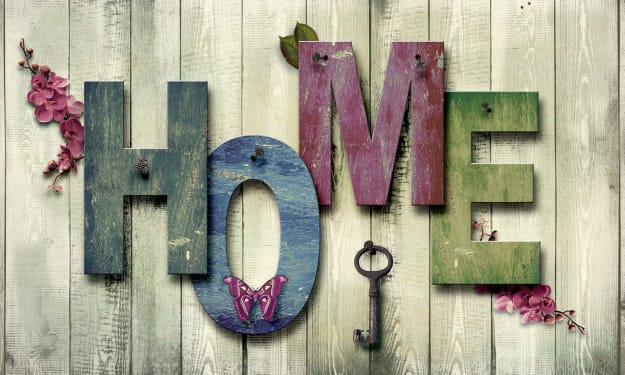
From the earliest days of Hollywood, women have been stereotyped and misrepresented in films. Although progress has been made recently to challenge these stereotypes and create more nuanced and diverse female characters, the entertainment industry still has a long way to go. This article will explore how women have been pigeonholed in film and how this impacts both the audience and the actresses themselves.
The Persistent Stereotypes
Stereotypes of women in film have persisted for decades, with characters often falling into one-dimensional, limiting roles. Some common stereotypes include the damsel in distress, the femme fatale, the manic pixie dream girl, and the doting wife or mother. These portrayals not only limit the range of roles available to actresses but also perpetuate harmful and unrealistic expectations of women in society.
According to a study by the Geena Davis Institute on Gender in Media (2014), only 28.1% of speaking characters in the 100 highest-grossing films of 2014 were female. Furthermore, when women appear on screen, they are often hypersexualized. The same study found that female characters were over twice as likely as male characters to be shown in sexually revealing clothing or partially nude.
The Impact on Audiences
The way women are portrayed in film significantly impacts how audiences perceive gender roles and norms. When movies perpetuate harmful stereotypes, they contribute to the normalization of these expectations in society. This can lead to the reinforcement of gender inequality and the perpetuation of destructive attitudes toward women.
For example, the Bechdel Test, a simple measure created by cartoonist Alison Bechdel, has become a popular tool for evaluating the representation of women in film. To pass the test, a movie must meet three criteria: it must have at least two named female characters, these characters must talk to each other, and their conversation must be about something other than a man. Although the test is not comprehensive, it highlights the lack of meaningful interactions between female characters in many films.
The Struggle for Change
In recent years, there has been a growing awareness of the need for better representation of women in film. Actresses, directors, and producers have spoken out against the industry's gender imbalance and called for greater diversity in storytelling. In addition, movements like #MeToo and Time's Up have also put pressure on the industry to address issues of sexism and harassment.
Some filmmakers have taken it upon themselves to challenge stereotypes and create more complex female characters. Films like "Wonder Woman," "Lady Bird," and "Hidden Figures" have showcased strong, multidimensional women who defy traditional gender roles.
However, despite these advancements, much work still needs to be done. For example, a study by the Annenberg Inclusion Initiative (2019) found that women directed only 10.6% of the top 100 grossing films of 2019. Moreover, women of color remain significantly underrepresented in front of and behind the camera.
Looking Forward
To truly address the issue of female representation in film, the industry must commit to hiring more women in key creative roles, including writing, directing, and producing. By increasing the diversity of voices behind the camera, we can ensure that the stories told on screen are more representative of the world we live in.
Furthermore, audiences must continue to demand better representation and support films that challenge stereotypes and provide nuanced portrayals of women. By voting with our wallets and engaging in conversations about gender representation in film, we can help create an industry that is more inclusive and reflective of the diverse experiences of women.
The struggle against female stereotypes in film is an ongoing battle, but it is worth fighting. As society becomes more aware of the importance of accurate representation and pushes for change, the film industry must rise to the challenge and create a more inclusive and authentic portrayal of women.
By breaking away from limiting stereotypes and offering diverse and complex female characters, we can provide a more enjoyable and relatable viewing experience and contribute to a more equal and understanding society. Only when women are fairly represented on screen can we truly say that the film industry has evolved to reflect the richness and diversity of our world.
About the Creator
Edy Zoo
Edy Zoo is an author who writes about social subjects. He contributes to the ever-growing library of social critics.






Comments
There are no comments for this story
Be the first to respond and start the conversation.